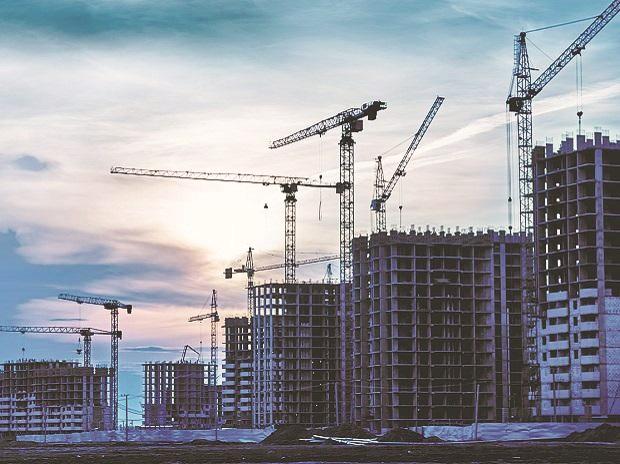Fuelled by demand for larger homes to cater to work-from-home (WFH) requirements, the average apartment size in the top 7 cities has risen 10 per cent on a yearly basis, says a new report. The size has risen to 1,150 square (sq.) feet (ft) in 2020, from 1,050 sq. ft in 2019, says a report by Anarock Property Consultants.
Since 2016, the average apartment size was reducing year-on-year. The year 2017 saw the maximum decline. Apartment size fell from an average of 1,440 sq. ft in 2016 to 1,260 sq. ft in 2017 — a drop of 13 per cent. “A fairly sudden change in consumer preferences against the backdrop of Covid-19 exigencies in 2020 first halted, then reversed the ‘honey, I shrunk the flat’ effect,” the report said.
The average apartment size is still the highest in Hyderabad at 1,750 sq. ft among the top cities — around 2x bigger than Mumbai Metropolitan Region (MMR), where the average size is 932 sq. ft — which is also the lowest among bigger cities in the country.
However, in terms of percentage increase, MMR saw the maximum rise of 21 per cent. Apartment size went from an average of 773 sq. ft in 2019 to 932 sq. ft in 2020. Pune came in next with 12 per cent annual increase in average apartment size — from 878 sq. ft in 2019 to 986 sq. ft in 2020, it said.

Anuj Puri, chairman, Anarock Property Consultants, said: “The two reasons for apartment size reducing in previous years were affordability and millennials’ preference for low-maintenance homes. Keen to generate more buyer interest with smaller price tags, developers whittled down their flat sizes. Year 2020 saw an almost immediate reversal of buyer preferences. With the accent suddenly being on accommodating WFH and learn-from-home culture, flat sizes began increasing for the first time in four years.”
Developers were quick to catch on that ‘size matters again’ and the second half of 2020 saw average apartment size in the top 7 cities increase 10 per cent. MMR and Pune, which had the smallest average flat size among all the top cities, saw the maximum increase in 2020 over the previous year —21 per cent and 12 per cent respectively, it said.
 Dear Reader,
Dear Reader,
Business Standard has always strived hard to provide up-to-date information and commentary on developments that are of interest to you and have wider political and economic implications for the country and the world. Your encouragement and constant feedback on how to improve our offering have only made our resolve and commitment to these ideals stronger. Even during these difficult times arising out of Covid-19, we continue to remain committed to keeping you informed and updated with credible news, authoritative views and incisive commentary on topical issues of relevance.
We, however, have a request.
As we battle the economic impact of the pandemic, we need your support even more, so that we can continue to offer you more quality content. Our subscription model has seen an encouraging response from many of you, who have subscribed to our online content. More subscription to our online content can only help us achieve the goals of offering you even better and more relevant content. We believe in free, fair and credible journalism. Your support through more subscriptions can help us practise the journalism to which we are committed.
Support quality journalism and subscribe to Business Standard.
Digital Editor

RECOMMENDED FOR YOU